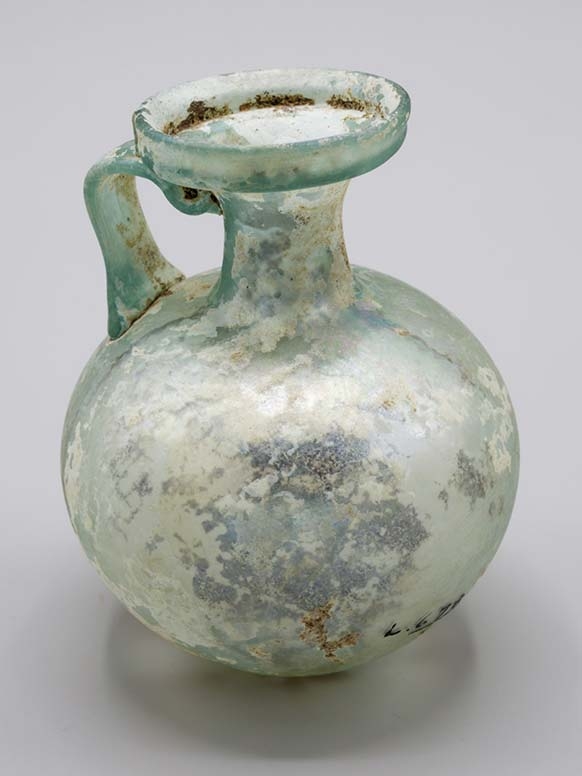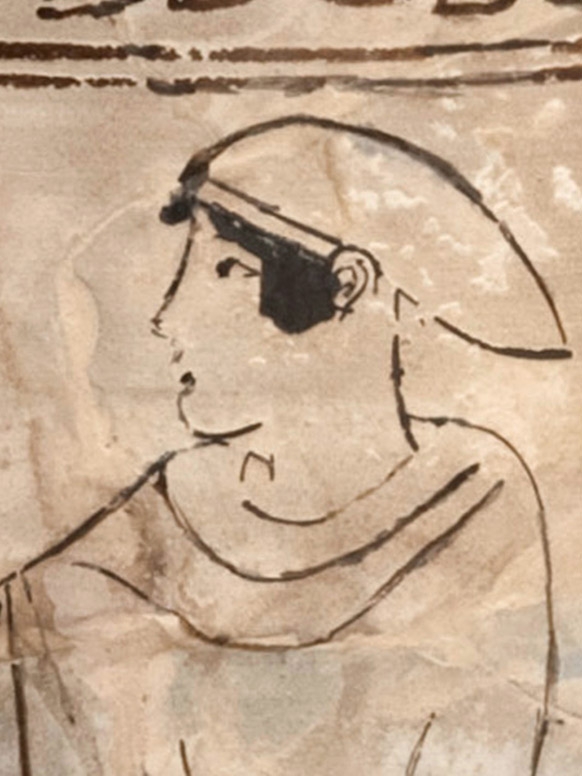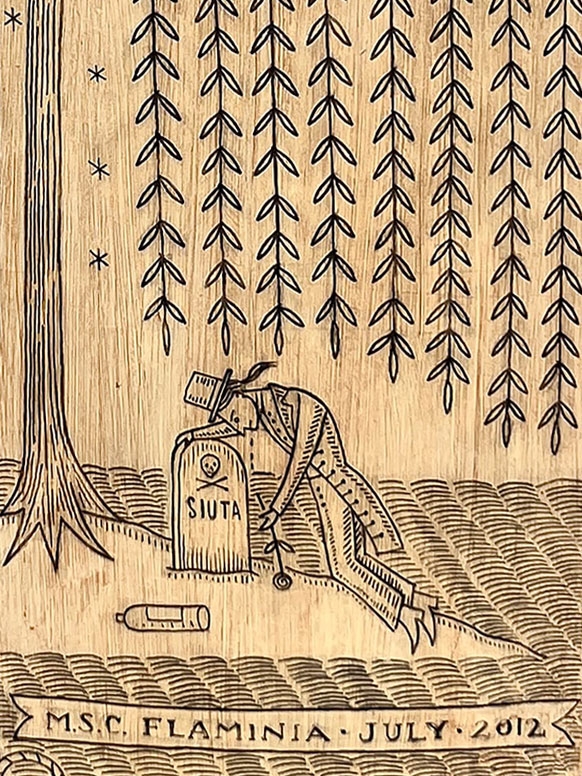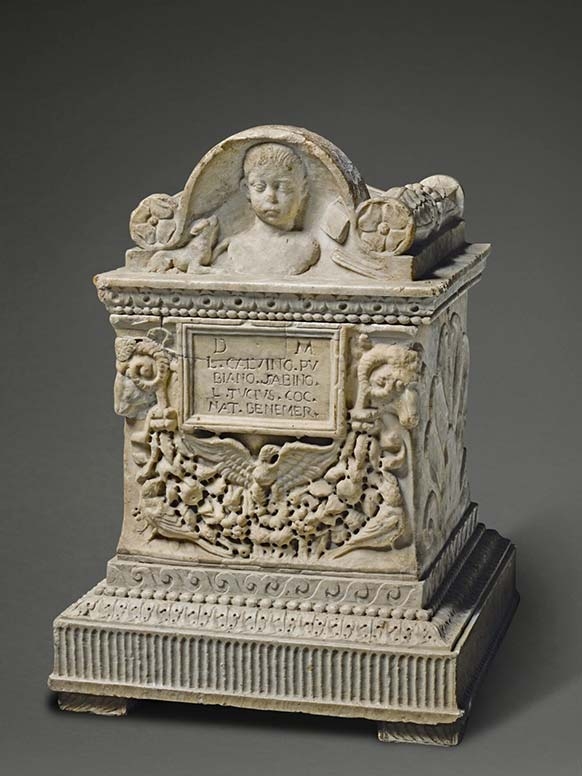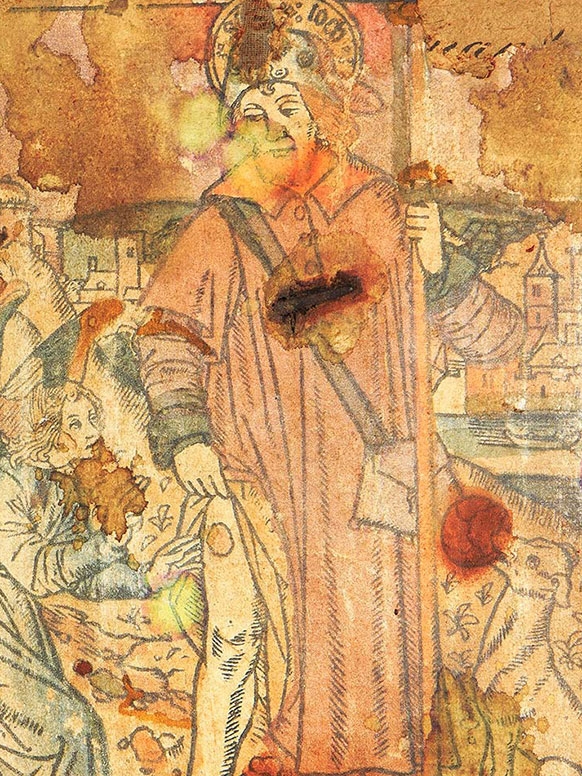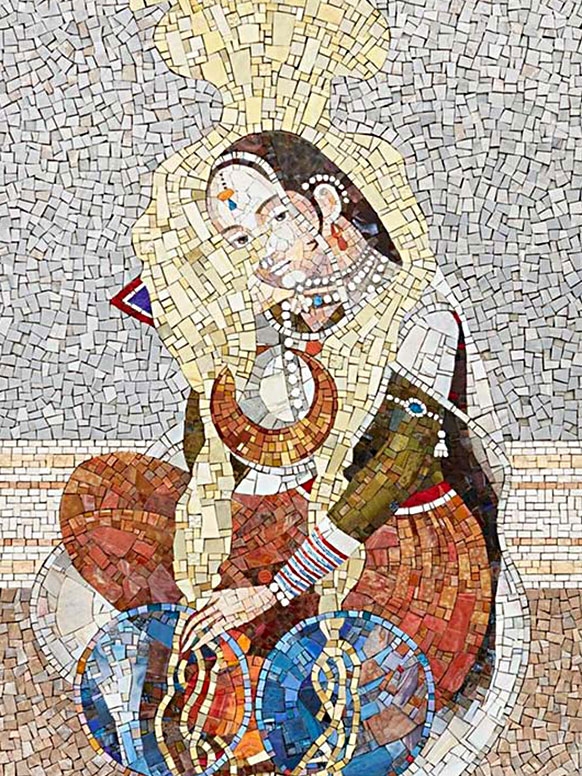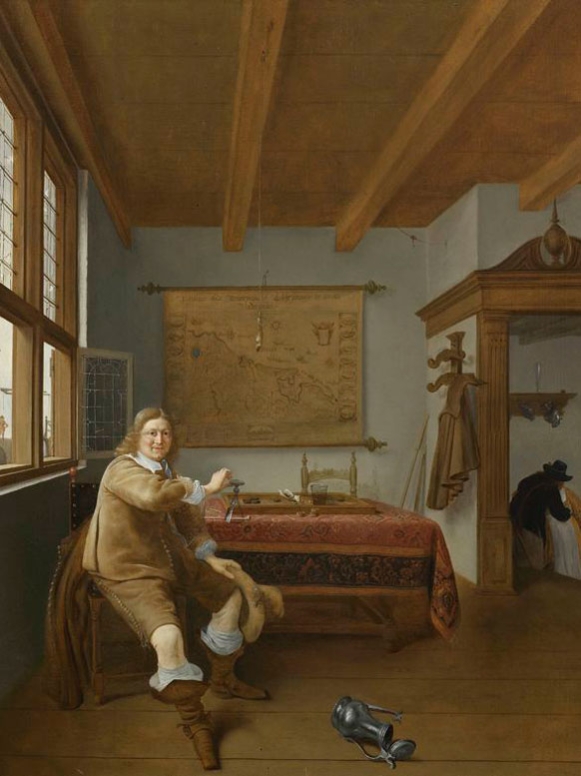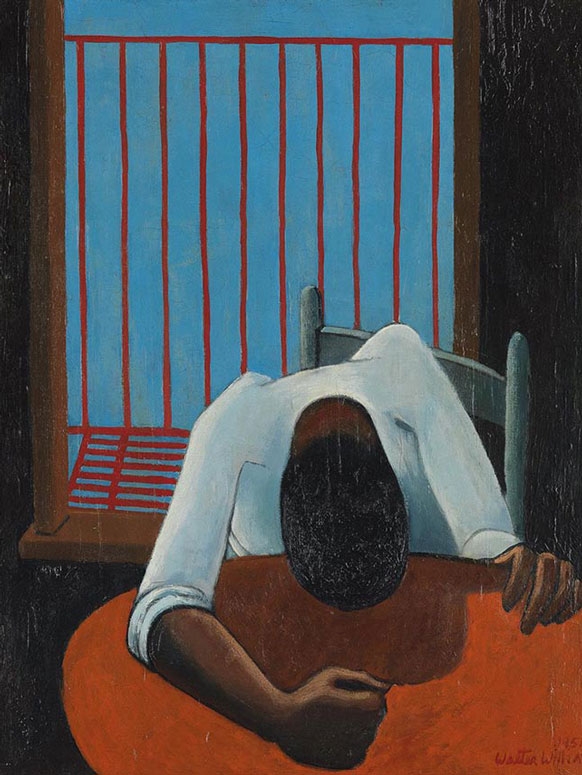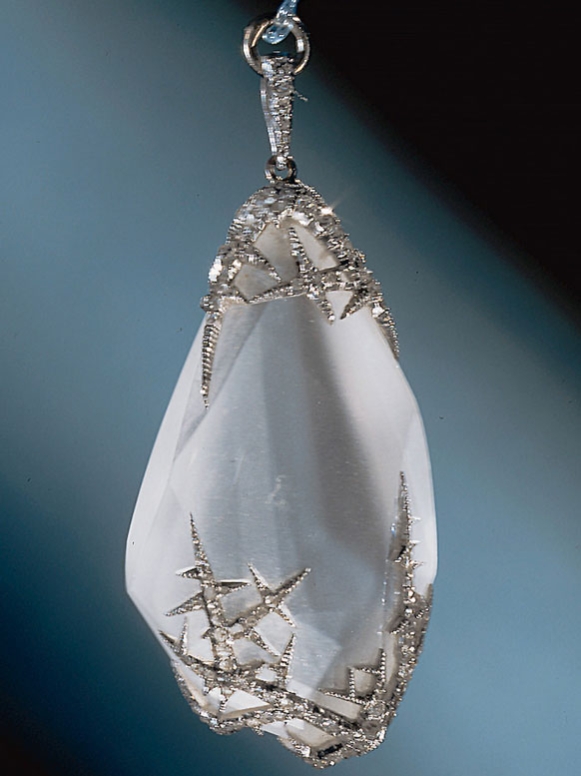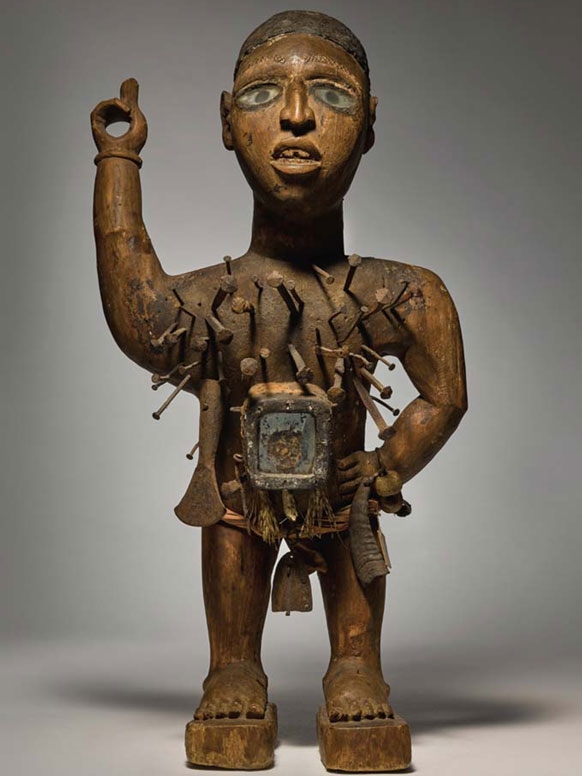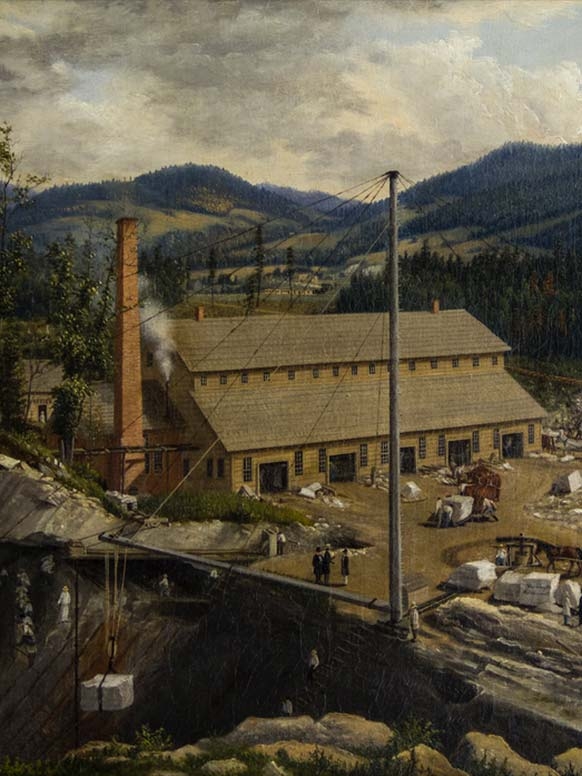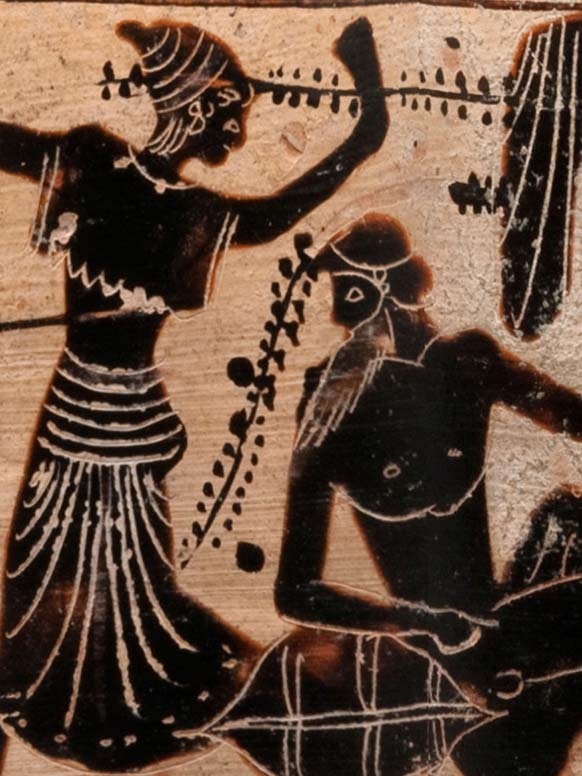
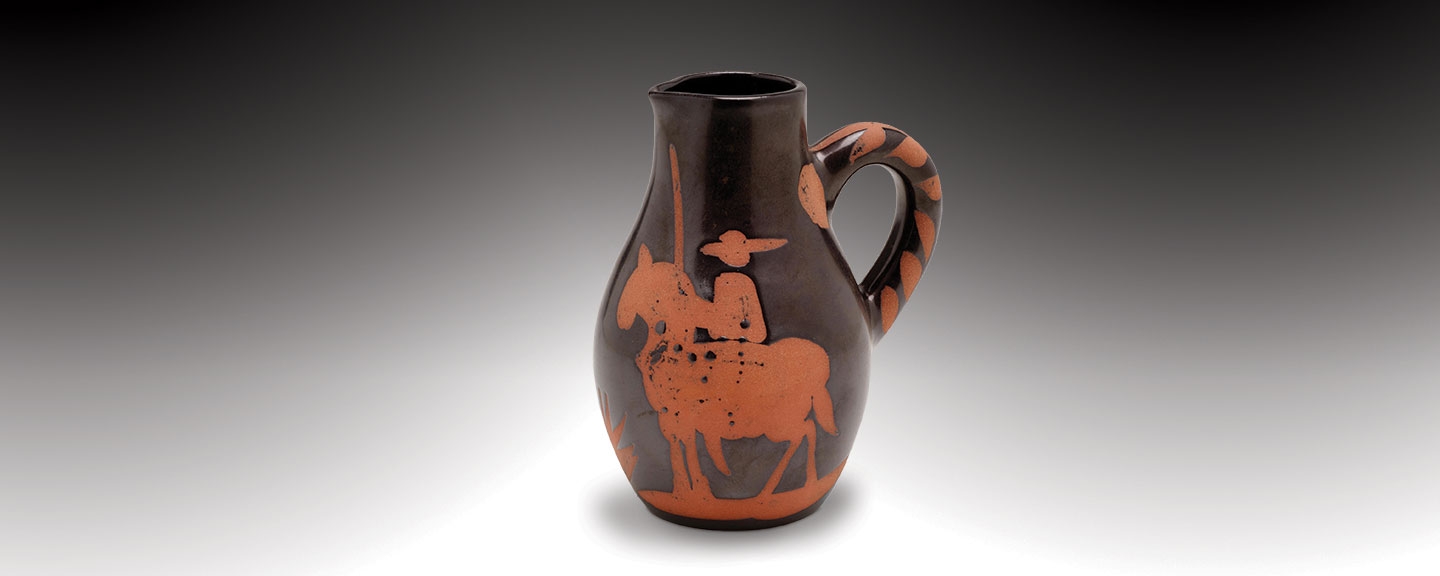
Collections
The Museum collection includes both Asian and western art from the fourth millennium B.C.E. to the present.
Permanent installations of antiquities, Asian art, and American and European painting and sculpture from the Renaissance through the nineteenth century are on view at all times.
The Museum’s collection of twentieth-century and contemporary art encompasses works in all mediums, with particular strength in prints and photographs. These works are frequently on view in temporary installations, often in conjunction with faculty demand and the College curriculum. A significant collection of public sculpture, overseen by the college’s Committee on Art in Public Places, is displayed throughout the campus.
Please search our online collections database to explore the strengths of the collection in more detail.
Collection Highlights and Acquisitions
Research
The Museum encourages Middlebury College students and faculty as well as scholars outside of Middlebury College to perform scholarly research on objects in the collection. For further information about the Museum’s guidelines for researching collection objects or about making use of Museum resources for research, please contact the Museum Registrar at wallace@middlebury.edu.
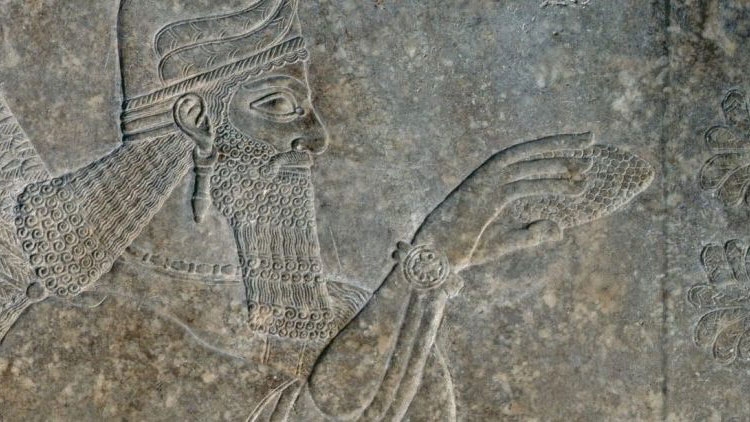
Assyrian Relief
In 2020, students in Prof. Sarah Laursen’s “NW x NE: Digital Methodologies for Art Historians” class created a website dedicated to their study of Middlebury’s Assyrian relief.
Visit the NW x NE site
